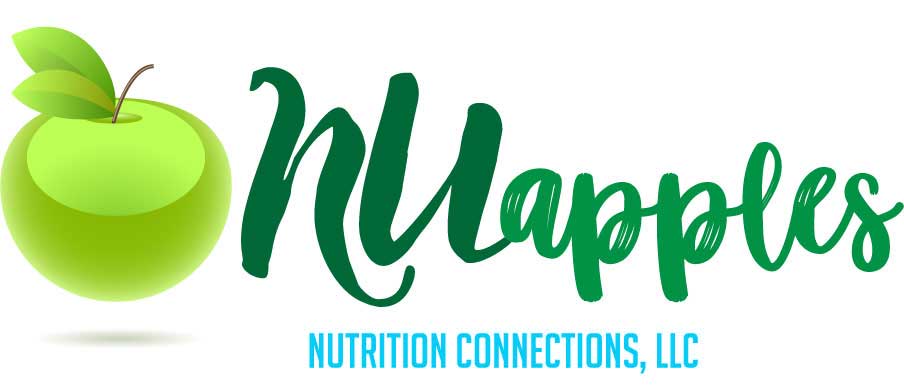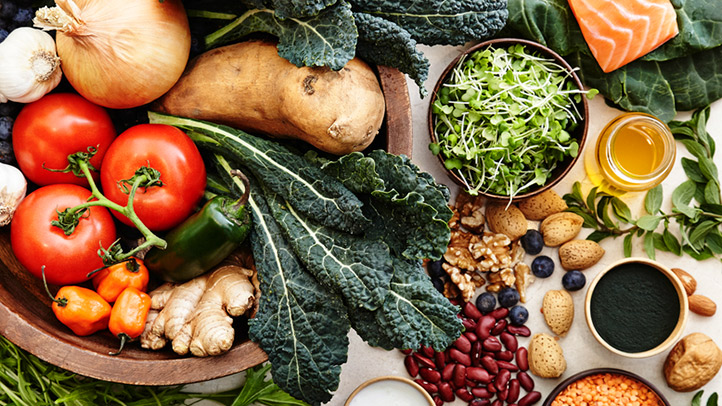What do you do when accompanying a loved one to a medical appointment and you hear blood pressure 195 /100 other than gasp. The pressure was so high upon our departure the physician recommended not walking but provided a wheel chair to return to the car. With that reading I knew many changes had to occur, and immediately at the top of my list was to make a Heartfelt dash to the Dash diet.
The DASH diet originated from the National Heart, Lung and Blood Institute as an eating plan to prevent and control hypertension. Note Dietary Approach to Stop Hypertension. Generally, it follows the same guidelines as we have previously discussed such as: eating majority of your meals from vegetables, fruit and whole grains, the use of fat-free or low fat dairy products, lean meats, fish, poultry, beans, nuts and vegetables oils. Limiting foods high in saturated fats, fatty meats, and tropical oils. Limiting sugar and processed foods. Lastly, restricting daily sodium to 1,500 mg per day. What was I doing wrong? It was all about the Sodium.
A Special Focus on SODIUM
Dietary Sodium Limits. Research indicates limiting sodium to 1,500 mg will significantly lower blood pressure. However, 2,300 mg per day is the recommended amount to be consumed by everyone. To illustrate what 1,500 mg looks like consider, 1/4 teaspoon salt = 1,500 mg of sodium and 1 teaspoon = 2,300 mg. of sodium.
Sodium is not the same as Salt. Salt is a mineral compound made up of two chemicals Na+ (40%) and Cl-(60%). Because of the high level of sodium in Salt, it is restricted/limited within our diets. It is recommended that sodium intake should not exceed 2,300 mg per day approximately 1 teaspoon. Also, 75% of all sodium we ingest comes from processed foods and restaurants due to their high level of salt usage.
Sodium a Natural Mineral. Sodium is a natural occurring mineral found in everything we eat. Consider the sodium level in these natural (nothing added) foods:
1 Apple = 2mg.
1 cup green bean = 1 mg.
3 oz. beef = 60 mg.
3 oz. turkey = 66 mg.
1 med. Egg=55 mg.
Note, any item below 140 mg is a low sodium item.
Tips to Lower Sodium in your diet.
- Choose fresh or frozen fruits and vegetables. Avoid canned or processed with added salt. Read the Nutrition Labels on packages, any food item that contains more than 400 mg sodium per serving is too high, walk away from it.
- Choose low sodium or no salt-added nuts, seeds and snacks i.e. chips and crackers.
- When eating out ask that your meal to be prepared without salt. I always have my sauces and dressings on the side so I can control the amount I consume.
- Limit salt adding salt when cooking. Use fresh herbs i.e. thyme, rosemary, garlic, whole onion etc. Use seasoning Powders i.e. garlic powder, onion powder, Ms. Dash, and various spices. Avoid all seasoning Salts i.e. garlic salt, onion salt, celery salt, for that matter any seasoning with the word Salt attached to it.
- Experiment with natural herbs and spices. I have found pickling spice on a roast is tasty, and fresh rosemary and garlic on lamb is a must.
- Avoid at all cost cured and processed meats (bacon, sausage, ham, cold cuts etc.). The amount of salt used in the curing process will astound you.
These are just a few among many life style changes I made from that day on. I sincerely made a rapid and meaningful “Heartfelt” dash to the DASH diet for the sake of that very special loved one in my life. Don’t wait until it gets to this point.


Thank you for the education on salt and sodium. I always like to add a little extra salt to my food. I will have to start using herbs and spices. Great information.
Thank you Mark appreciate your comments hope the information was useful.